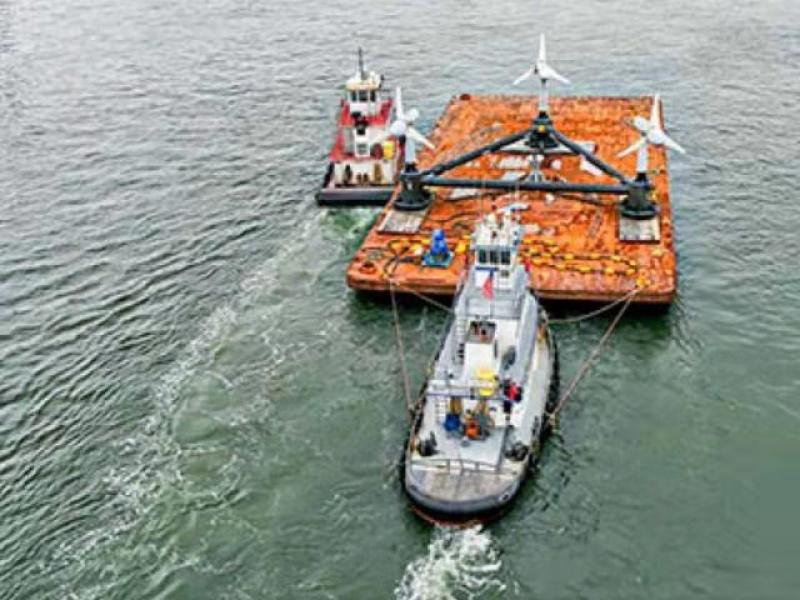Researchers at the US Department of Energy’s National Renewable Energy Laboratory (NREL) have partnered with Verdant Power to test the use of thermoplastic blades on a large-scale wave energy turbine.

The pilot, being deployed as part of the Roosevelt Island Tidal Energy (RITE) project in New York City’s East River, aims to assess the ability of thermoplastic in reducing blade failure, boosting performance underwater, and improving the efficiency of blade turbines.
The pilot follows lab testing conducted at the Institut Français de Recherche pour l’Exploitation de la Mer (IFREMER), which demonstrated the ability of thermoplastic materials to improve fatigue performance, decreasing the probability for catastrophic blade failures and making tidal turbine blades more sustainable for marine energy applications.
Manufacturing thermoplastic turbine blades is faster and more energy-efficient, according to NREL, and hence their use in wave energy projects would help speed up project deployments and ultimately the energy transition.
The RITE project launched in October 2020 started with three epoxy 5-meter in diameter blades that generated 200 MWh of energy during the first six months – a US record for marine energy production, according to a statement. In May 2021, one of the blades was removed and replaced with a thermoplastic model manufactured by NREL. Since May, the thermoplastic blade has been producing electricity for New York’s grid.
The thermoplastic blade is set to be removed by year-end to assess the blades’ structural response to applied loads, thereby determining if the model can be applied for long-term underwater projects. NREL researchers installed a data acquisition tool inside the blade to gather data regarding the strain placed on the blade or slight changes to the position of the blade.
NREL Research Engineer Robynne Murray, said: “Verdant Power provided the NREL team with the blade tooling and geometry details so we could produce thermoplastic blades that are identical to the epoxy blades that they’ve already manufactured, which allows us to do a side-by-side comparison with traditional materials.
“We’re really interested in using these thermoplastic materials because they could potentially prolong the life of the blades and have improved structural properties for marine applications.
“This work will demonstrate a potentially game-changing material for marine applications at a meaningful scale. It will also produce strain and acceleration data for full-scale turbines that we can use to validate design tools and derisk future deployments, industrywide.”